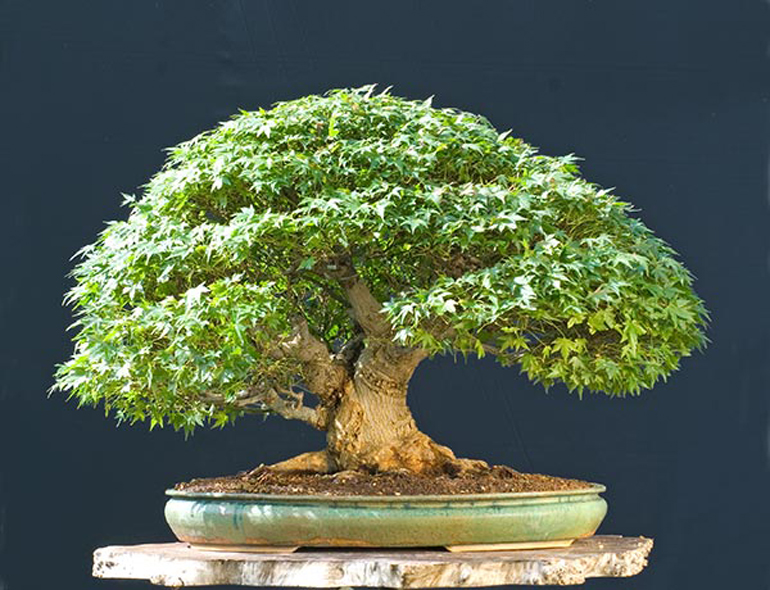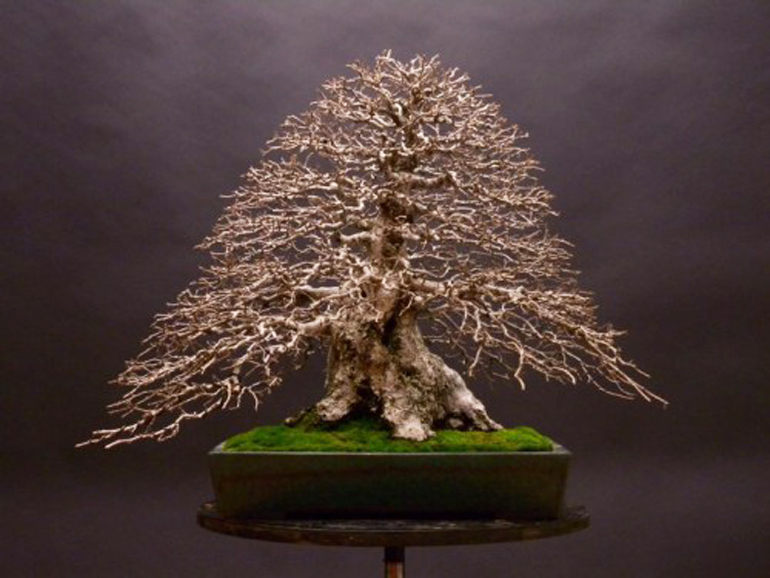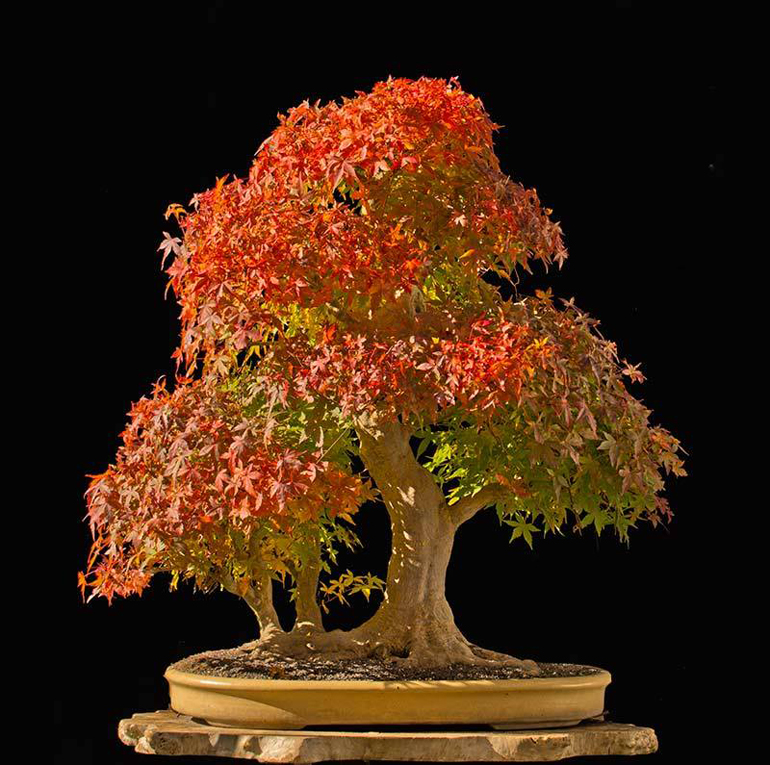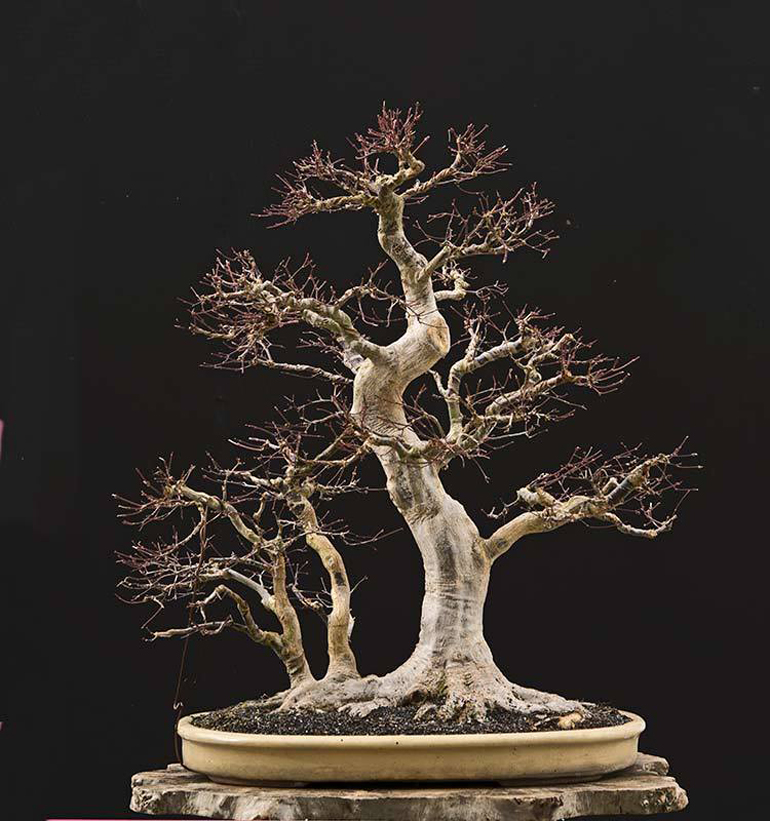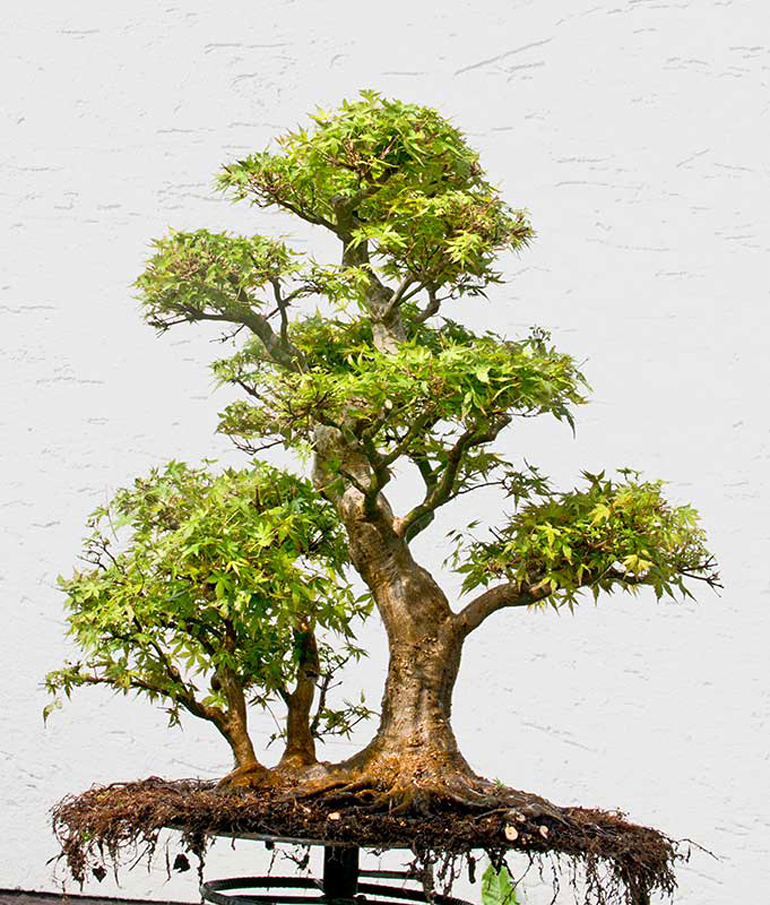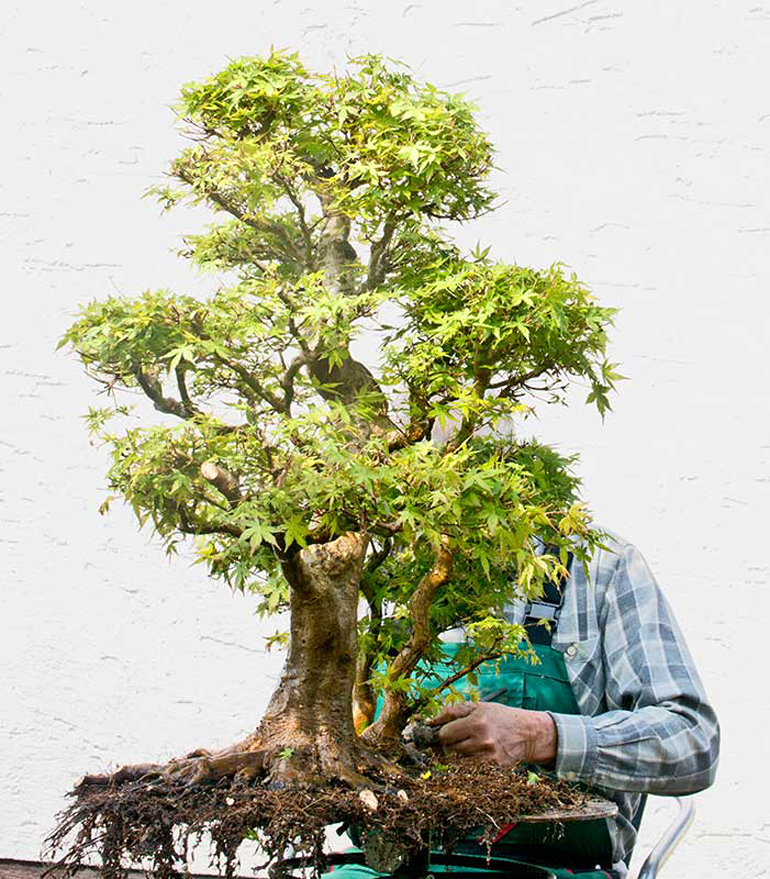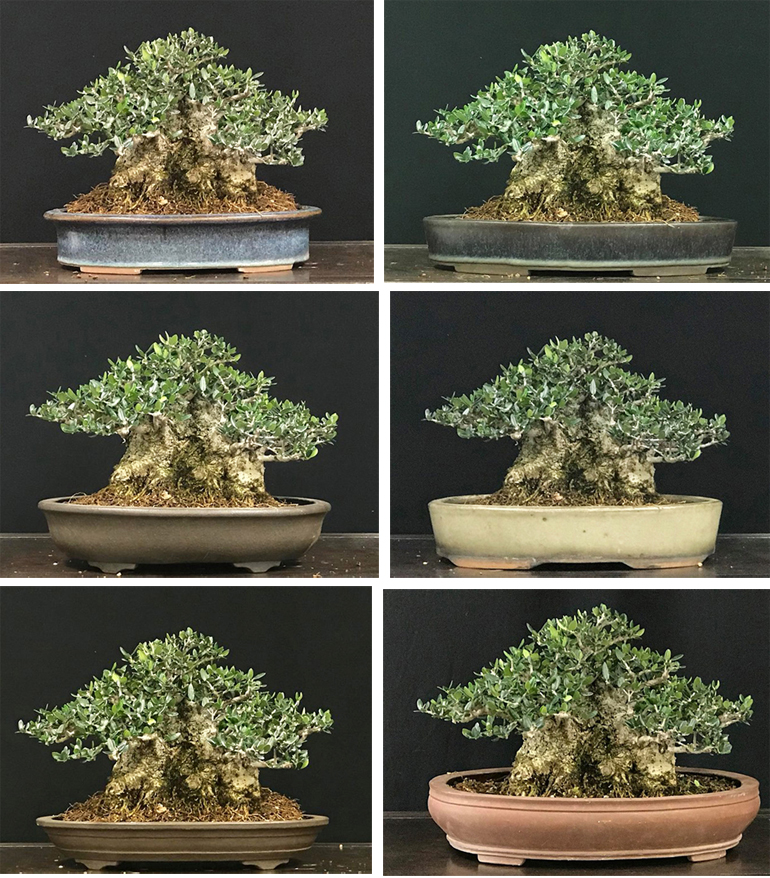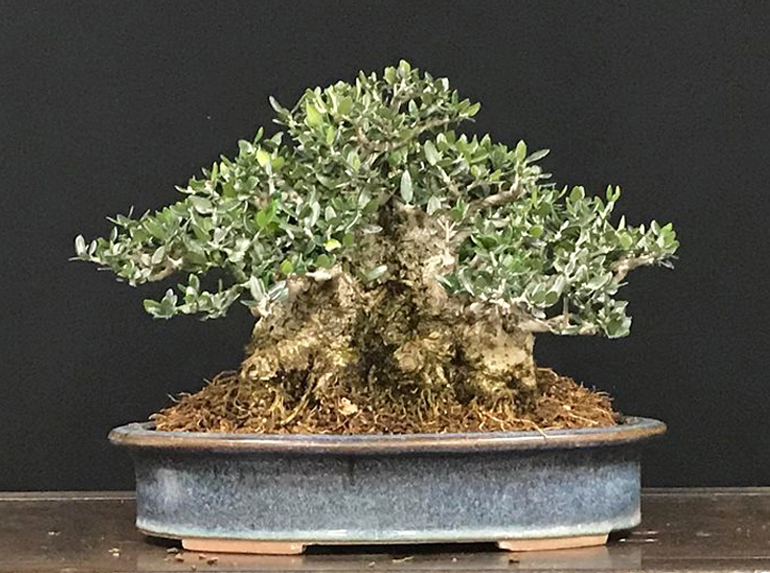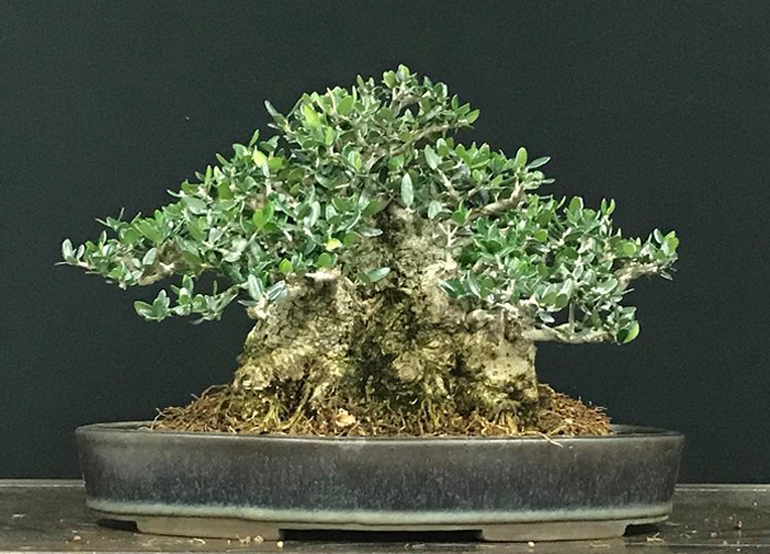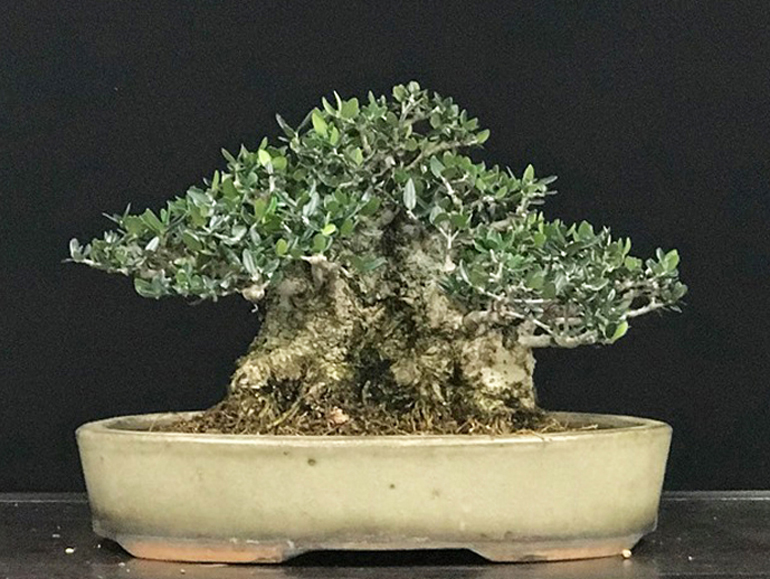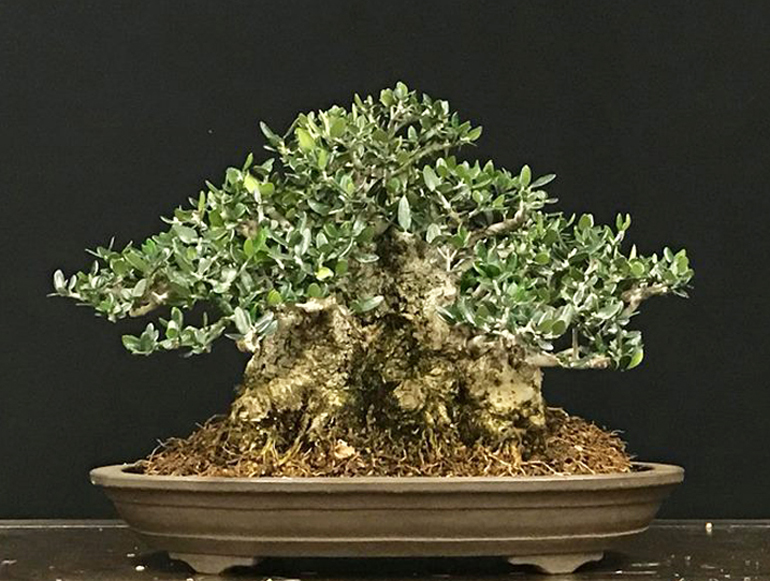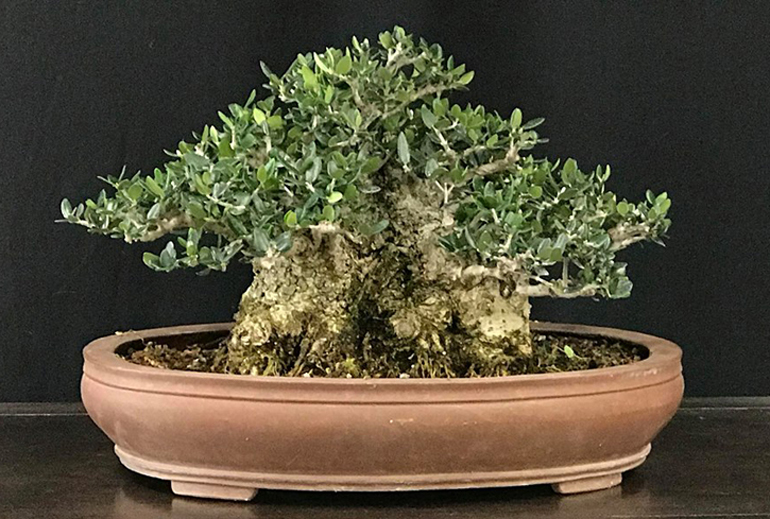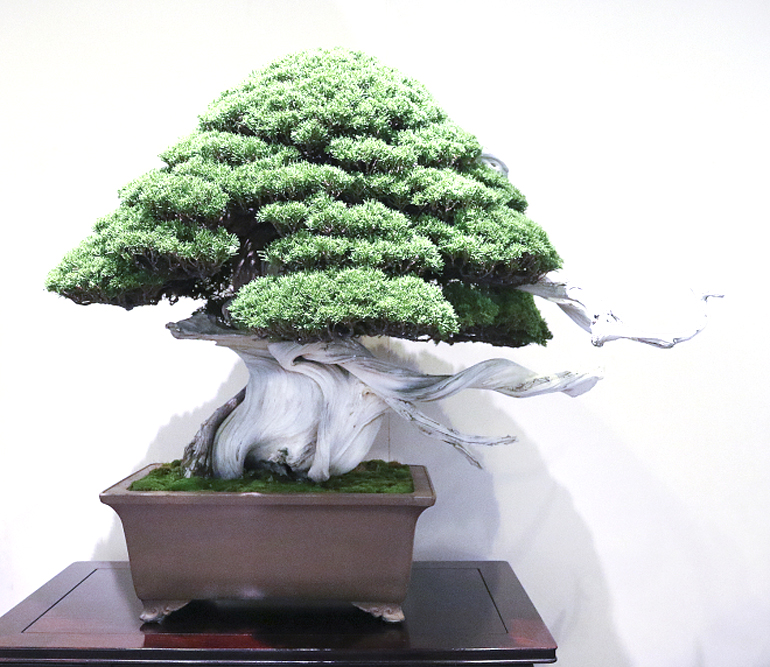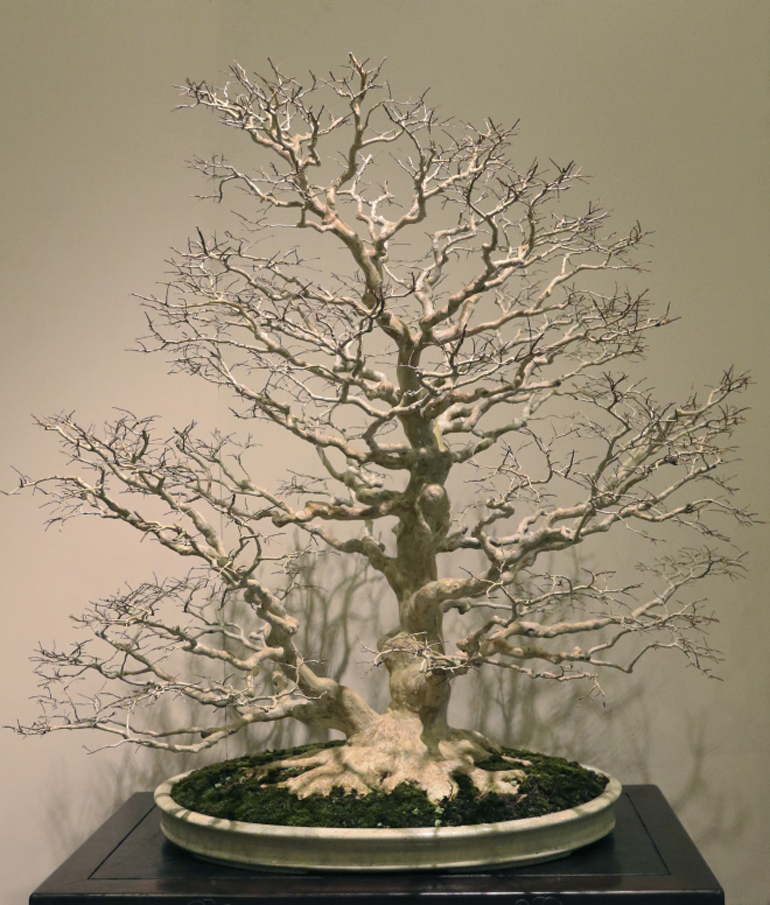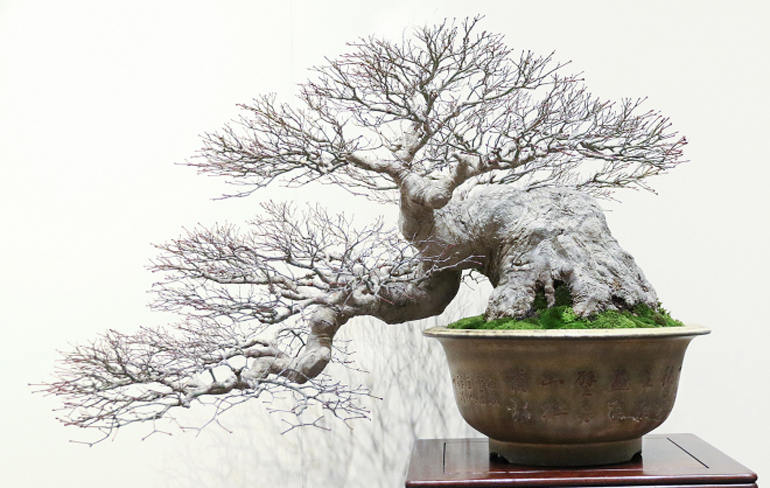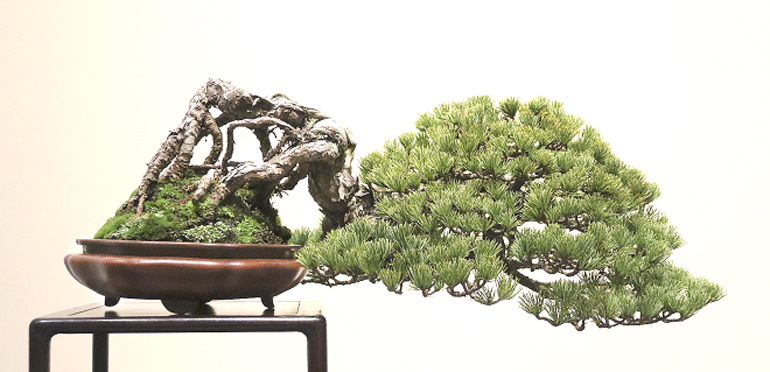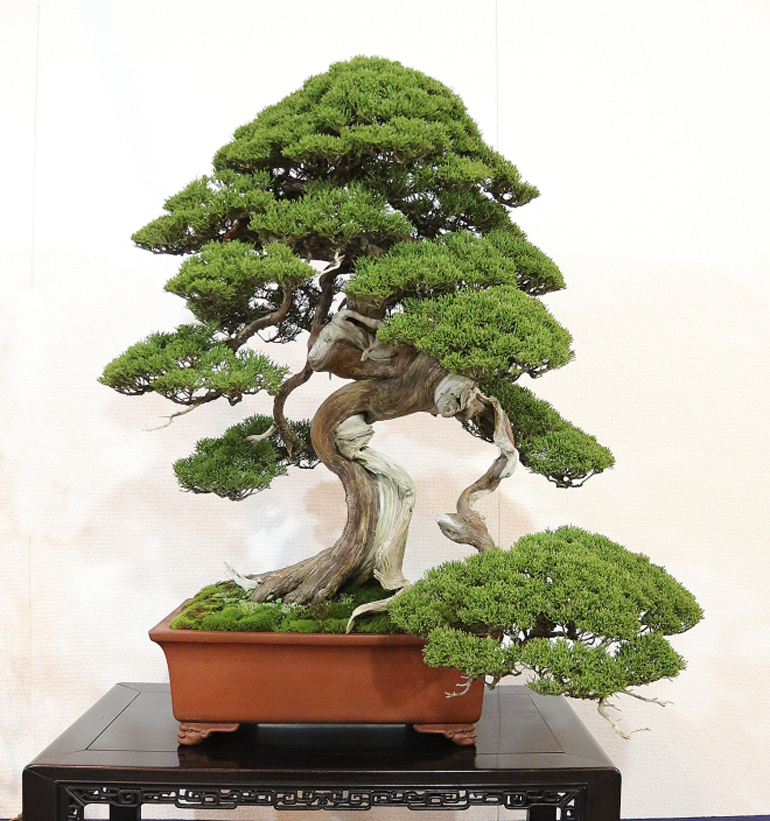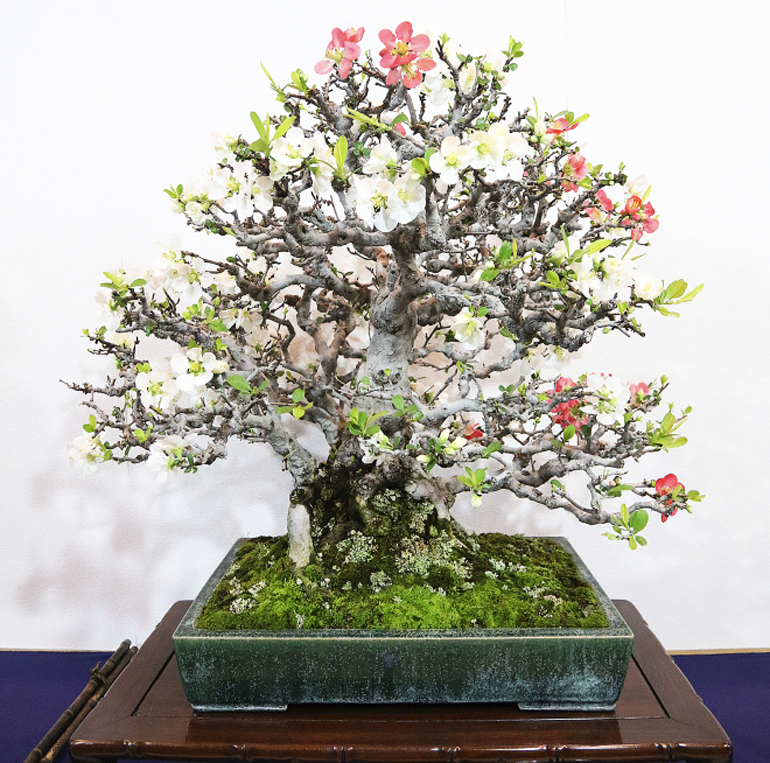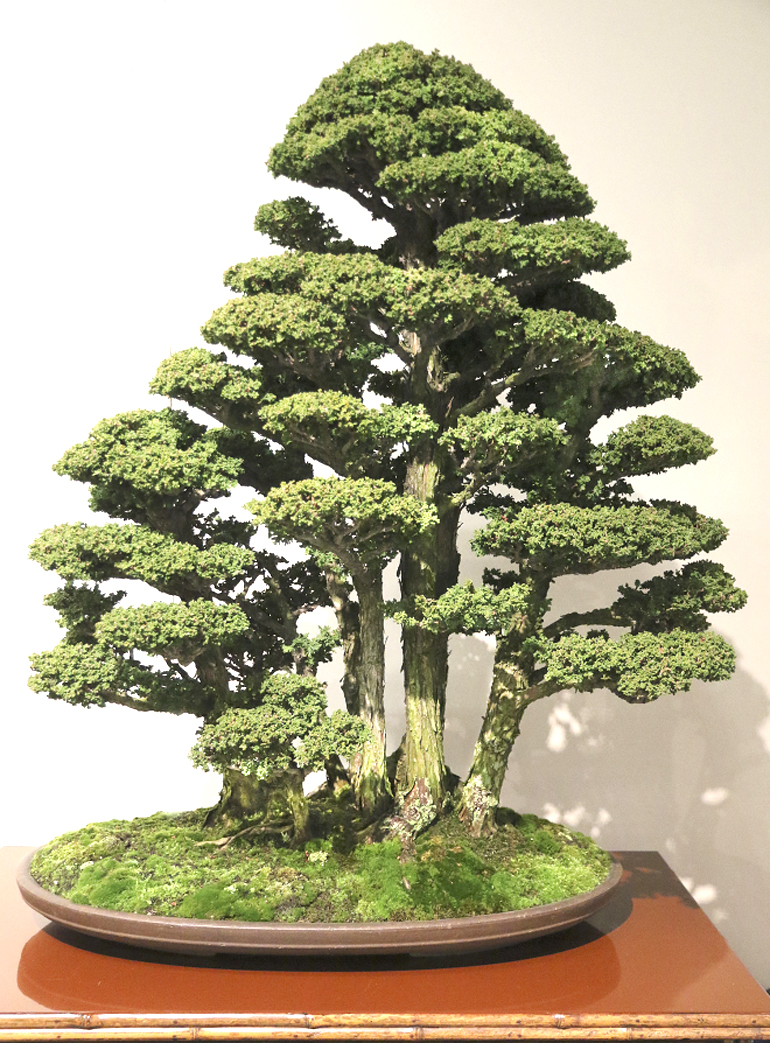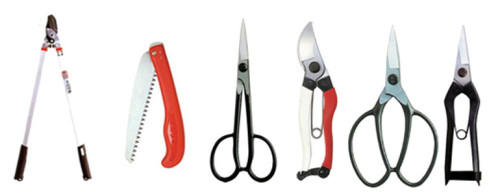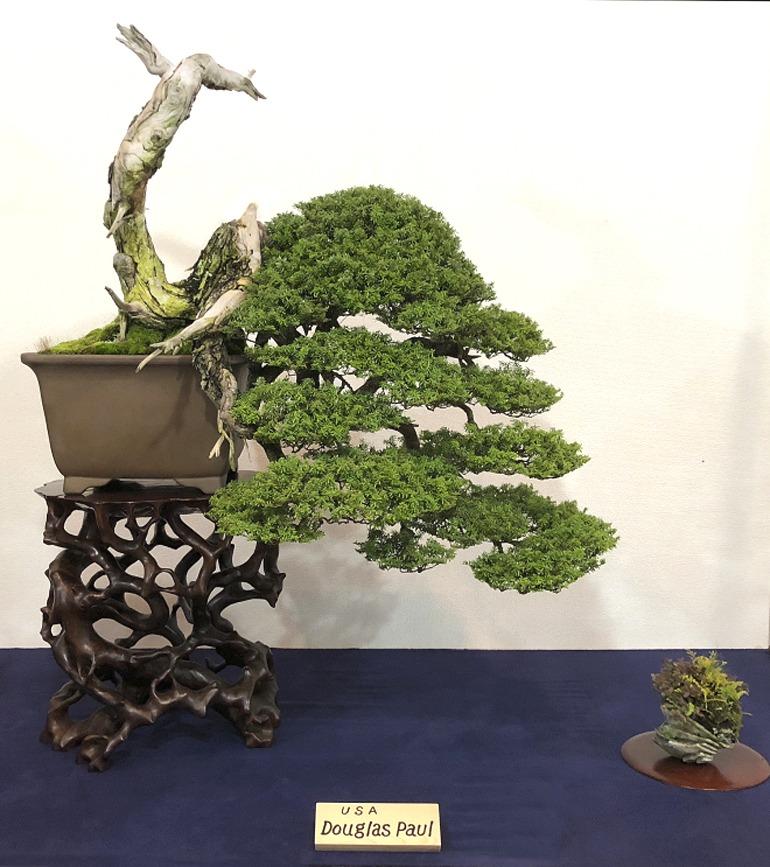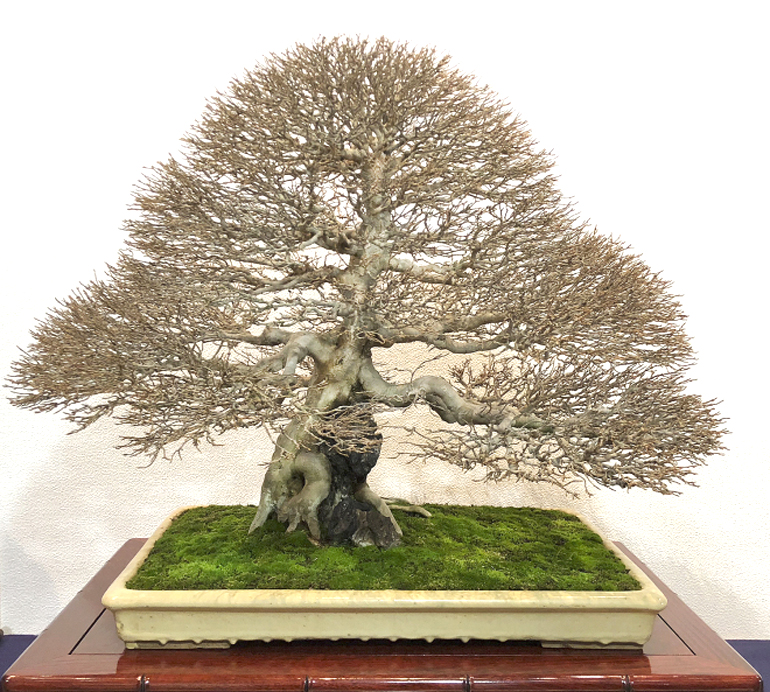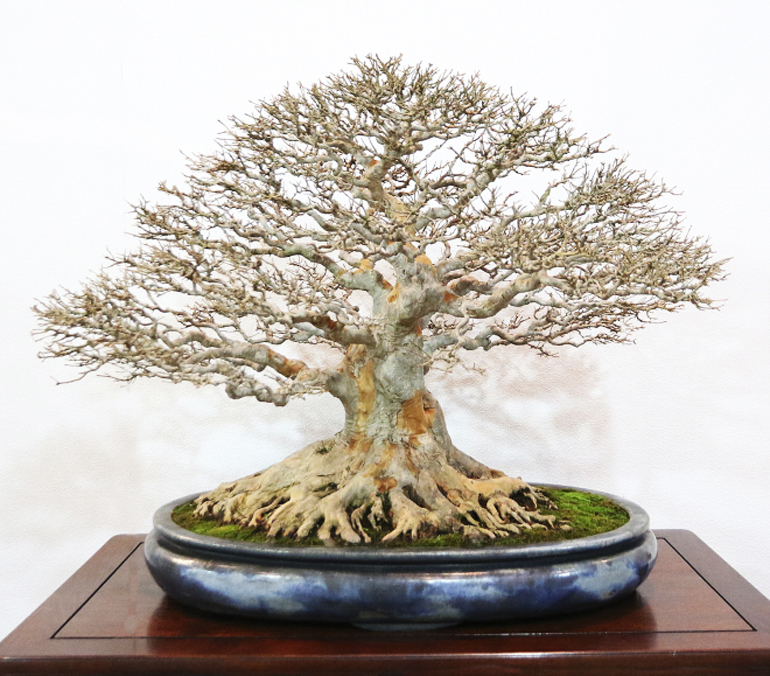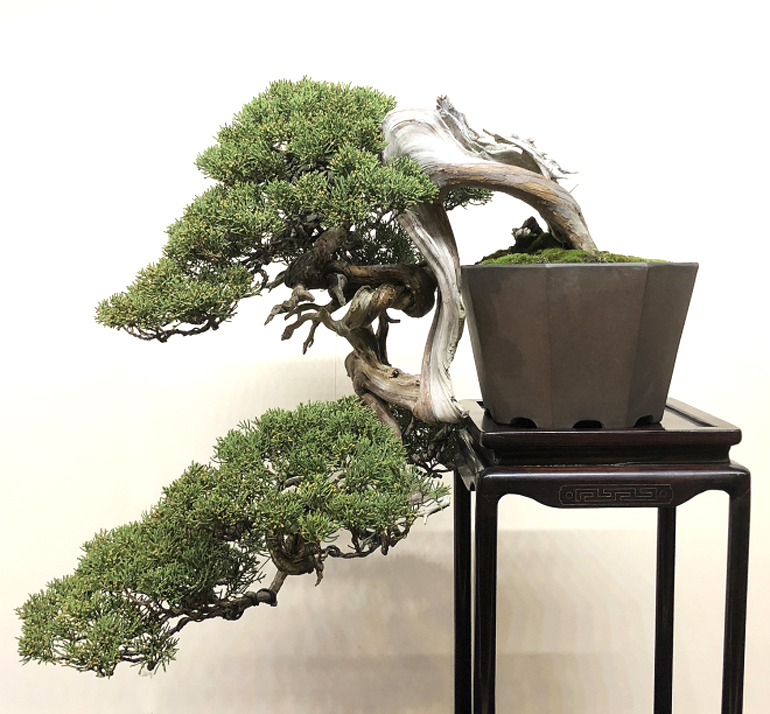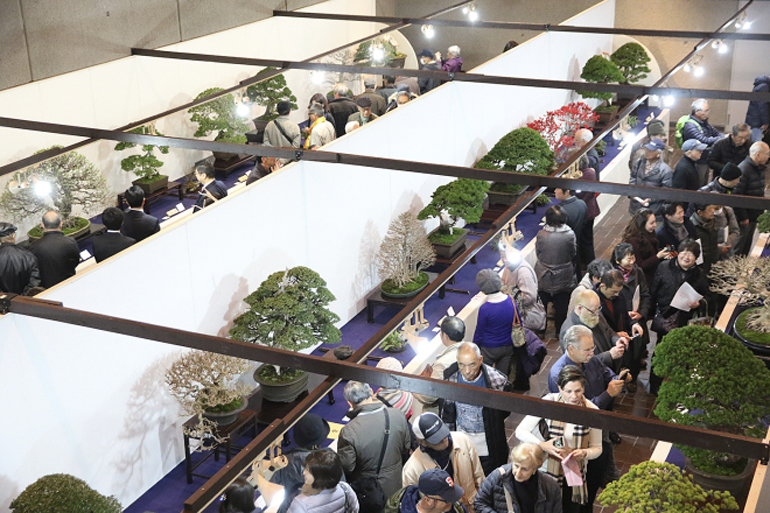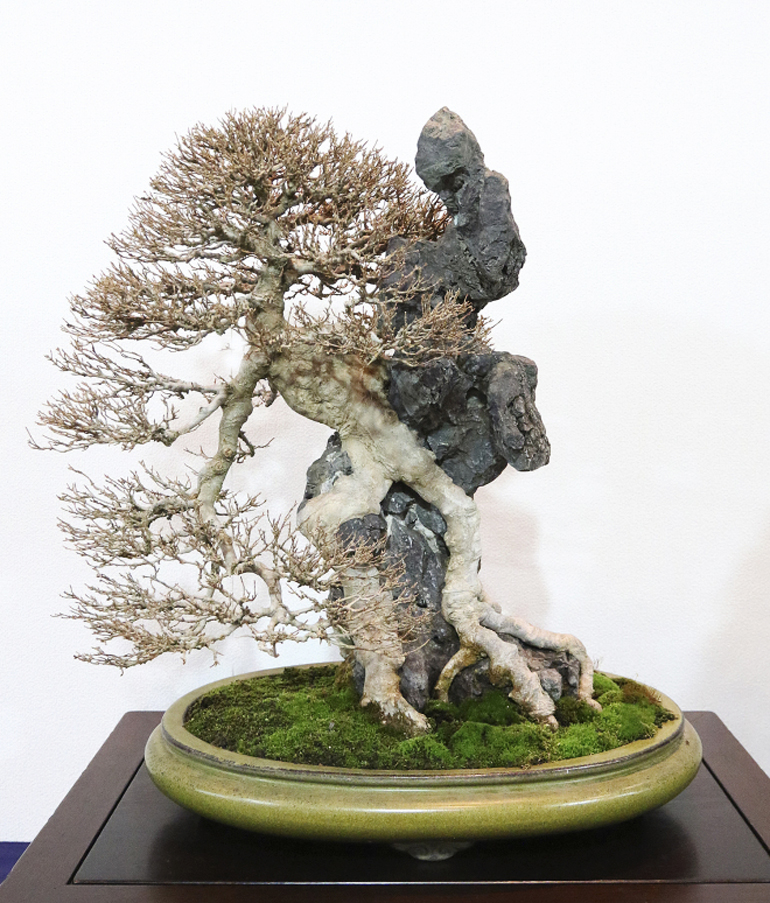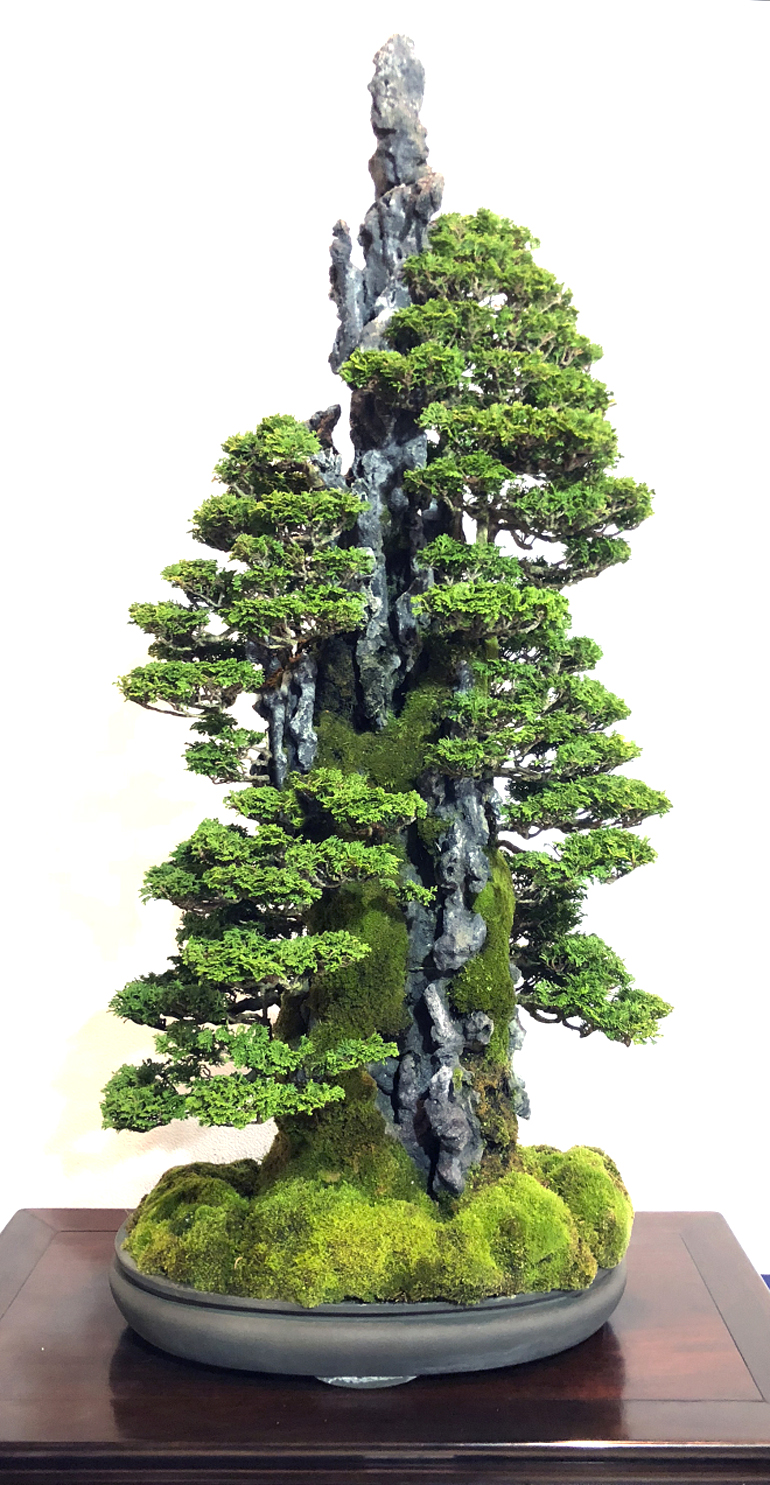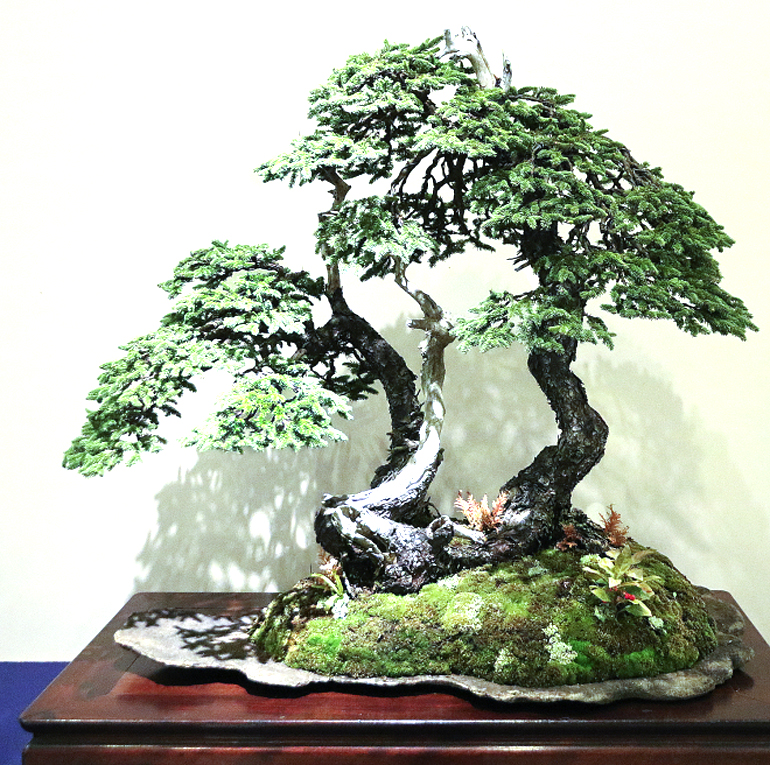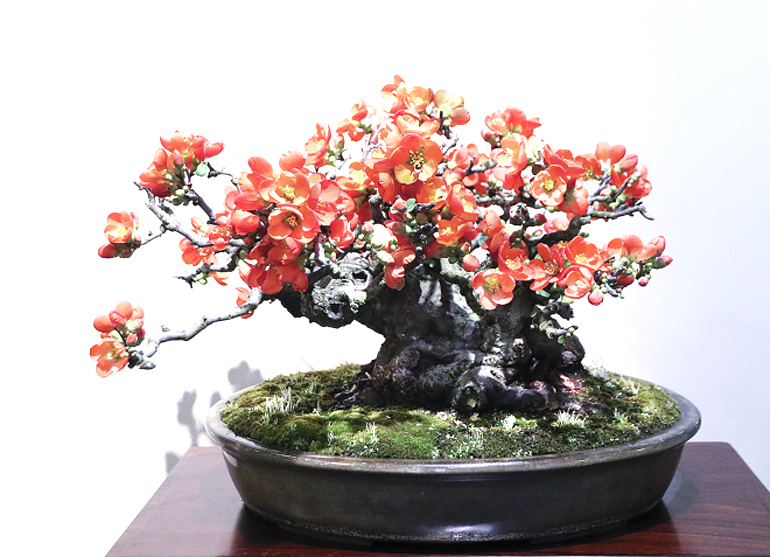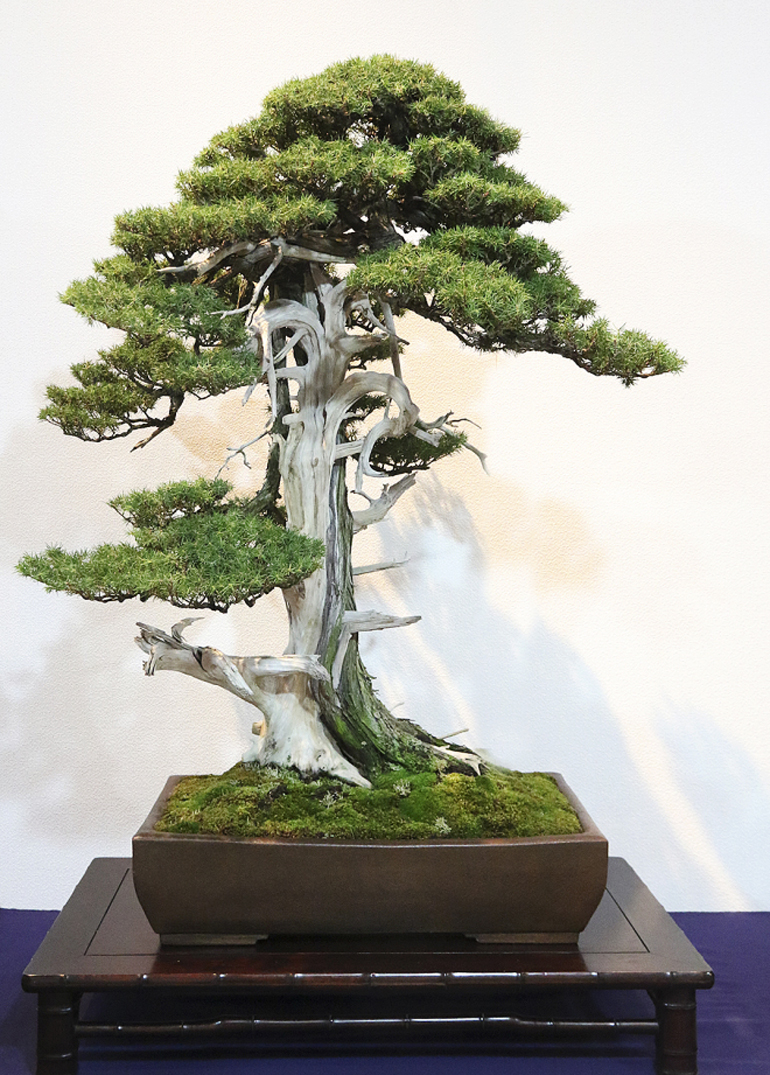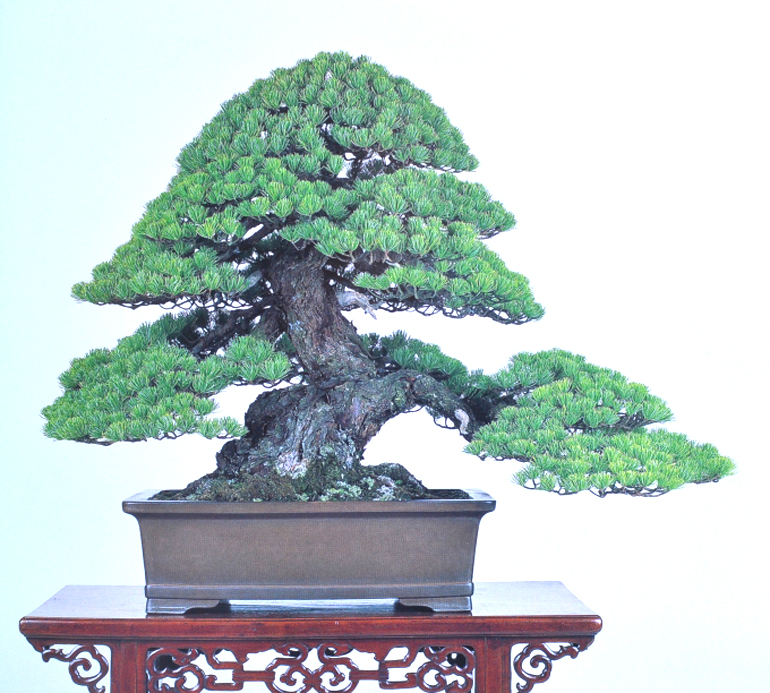
I borrowed this photo from Michael Hagedorn's Crataegus website. Here's part of what Michael has to say about it and some other trees he worked on while in Japan... "The work here was done as an apprentice in Japan, from 2003-2006.... in the second half of my apprenticeship, I was allowed a more natural and relaxed feeling in the branching and foliage presentation, represented in this image which won Mr. Suzuki a Prime Minister’s award." The tree is a Japanese white pine. Michael apprenticed with Mr Suzuki for three years. Here's your link for the part I left out.
Continuing with the bonsai wisdom of Michael Hagedorn… Part of the piece below was originally borrowed from Michael’s blog and featured here in June, 2009. By the way, the only connection with the tree above and the rest of this post is Michael.
SPECIAL Deep Discounts
ON ALL OUR BONSAI FERTILIZERS
These little critters with their protective helmet-like shields are just one variety of the approximately 8,000 species of scale. Though not all are harmful to your bonsai, the ones that are, need to be taken seriously.
Here’s what Michael Hagedorn has to say about scale…
“They’re here again*…scale are emerging from their eggs underneath their shields, and beginning to crawl.
“This is the time to control them. If we sprayed during the winter we wasted insecticide on protected eggs. In June they mature and begin moving around the plant, and can be controlled with oils. All-season oil or Neem oil work. Early summer through the warm months they are active.
“It’s very important to identify when to control what. If we spray with the right insecticide or fungicide in the wrong season, we waste time and money and maybe give a beneficial organism a hard time.”
*February is a little early for this article, early summer would be better but you can still prepare
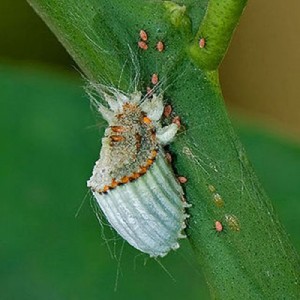
A female cottony cushion scale with offspring.
SPECIAL BONSAI AESTHETICS WIRE
KILO ROLLS ONLY 15.95
500 GRAM ROLLS ONLY 8.95
100 GRAM ROLLS ONLY 3.45
–
Here’s a small piece of what Wikipedia has to say about scale
“Scale are small insects of the order Hemiptera, generally classified as the superfamily Coccoidea. There are about 8,000 species of scale insects. Scale insects feed on a wide variety of plants, and many scale species are considered pests. Scale insects’ waxy covering makes them quite resistant to pesticides, which are only effective against the first-instar nymph crawler stage. However, scales are often controlled with horticultural oils, which suffocate them, or through biological control. Soapy water is also reported to be effective against infestations on houseplants.” As is Neem oil.
SPECIAL OF THE DAY
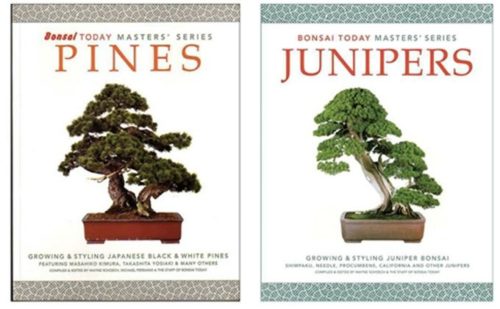 Master Series Pine & Juniper Bonsai Books
Master Series Pine & Juniper Bonsai Books
SPECIAL ONLY 35.00 for both
this special ends Tuesday, Feb 27th at 11:59pm EST
or you can purchase them individually at our special prices
Pine Book list price 34.95 SPECIAL ONLY 22.95
Juniper Book list price 29.95 SPECIAL ONLY 19.95
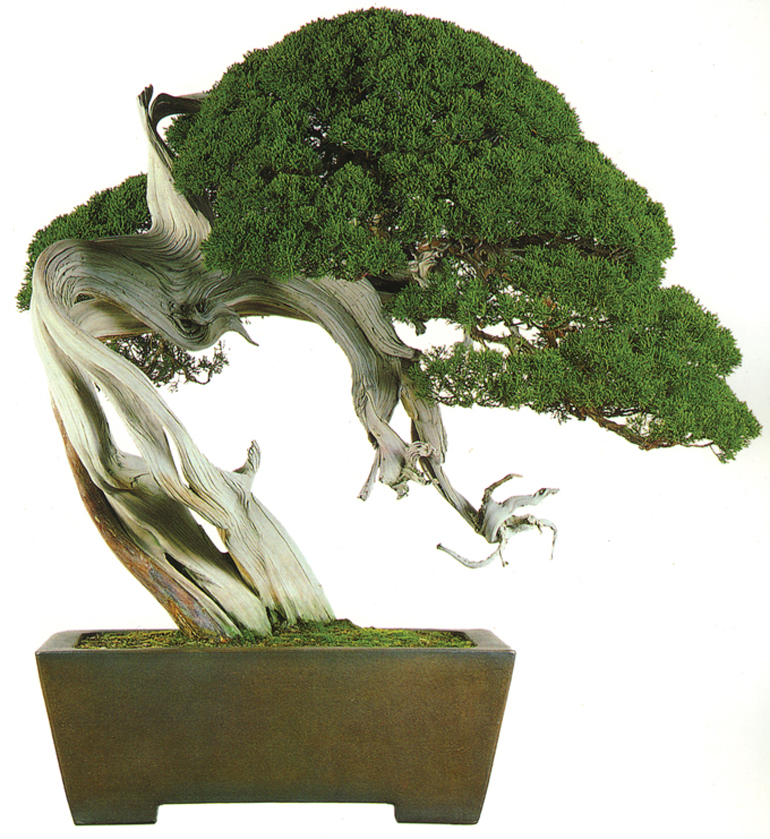
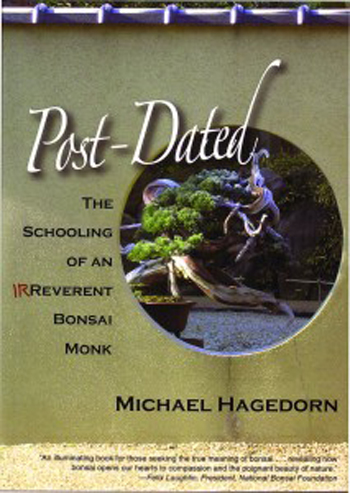
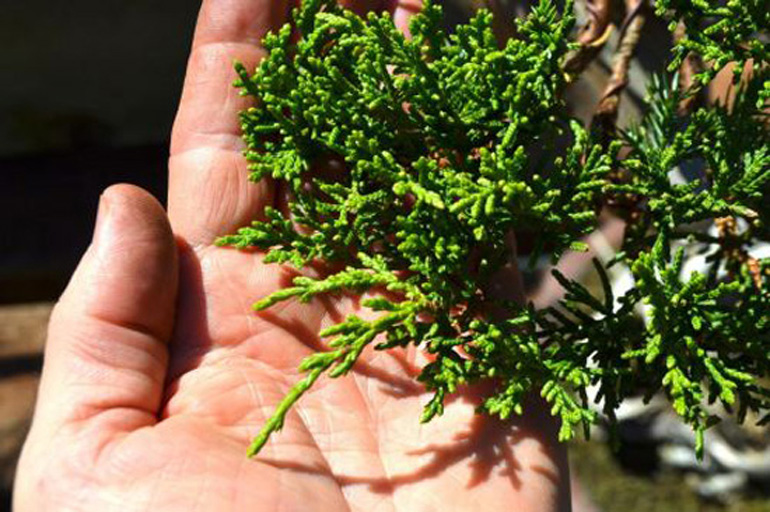
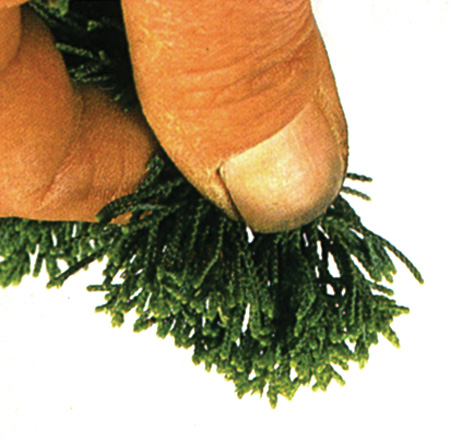
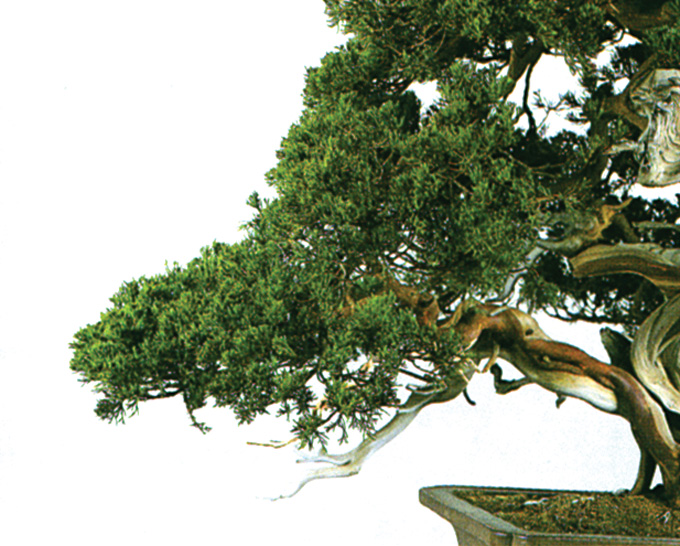
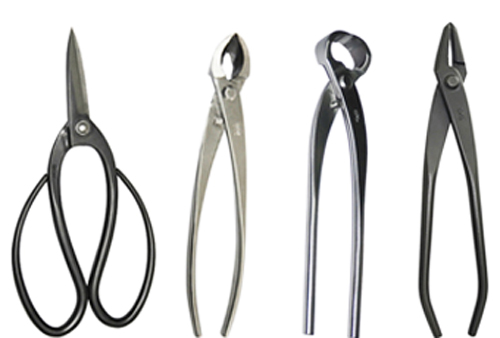

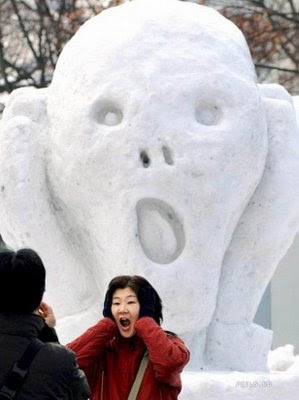

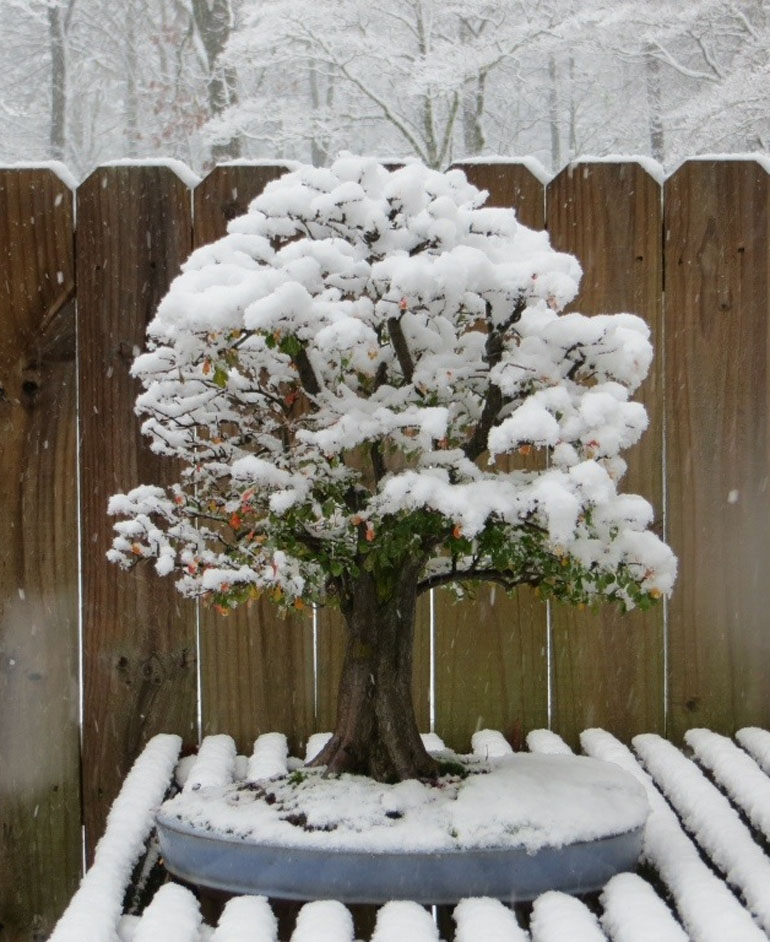
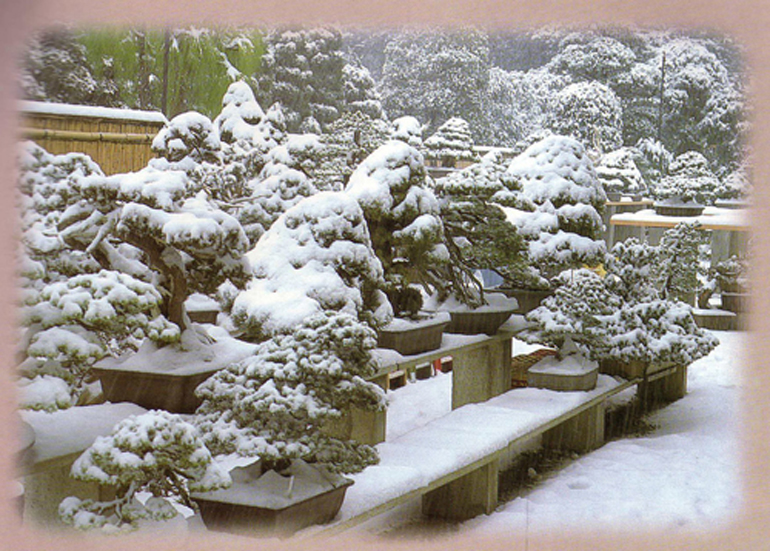
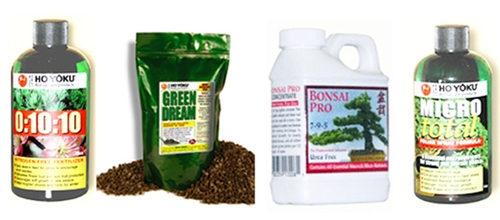
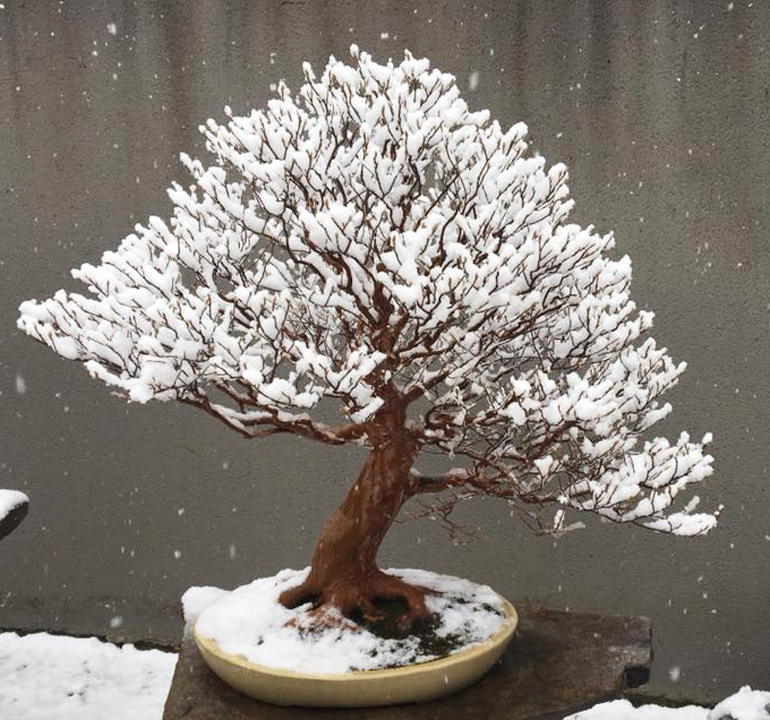
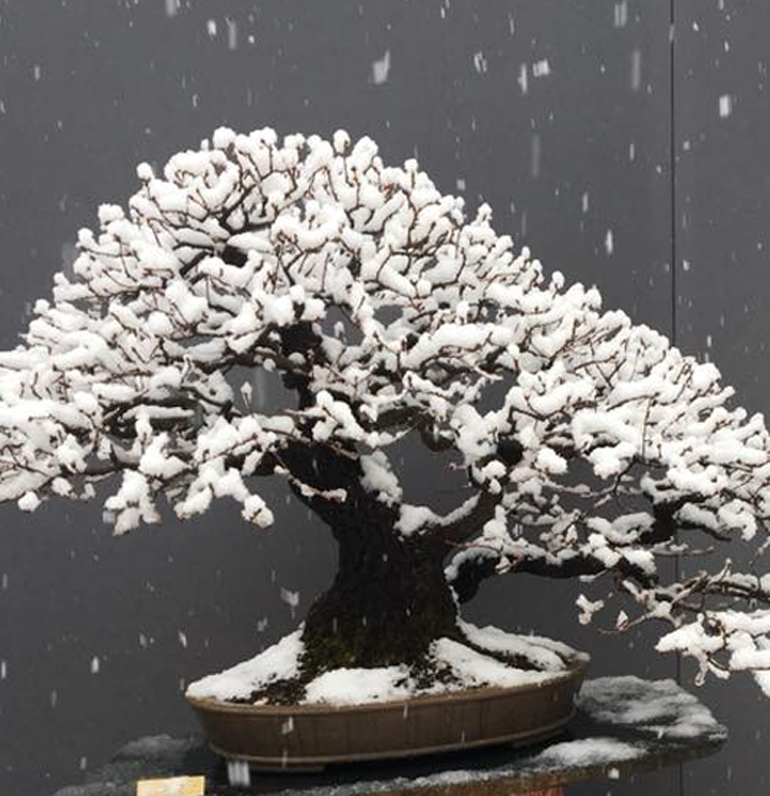
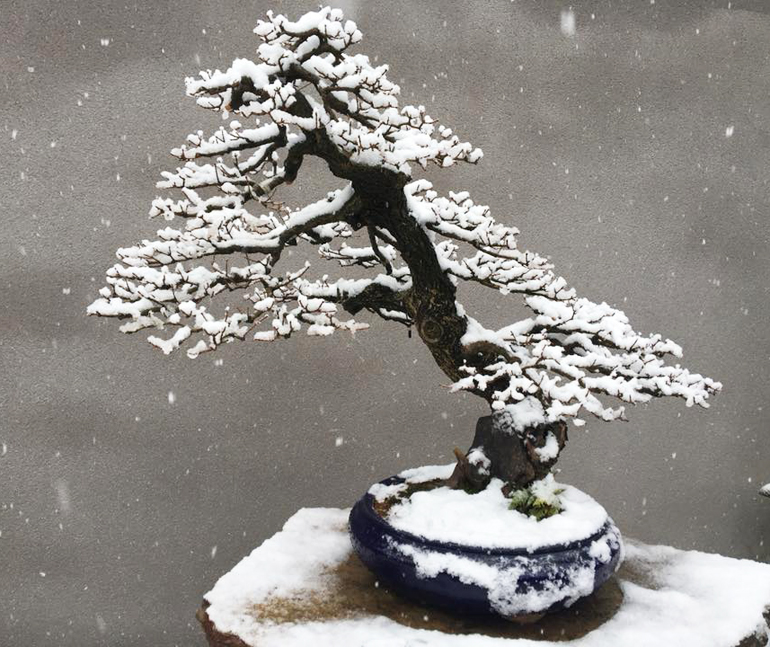
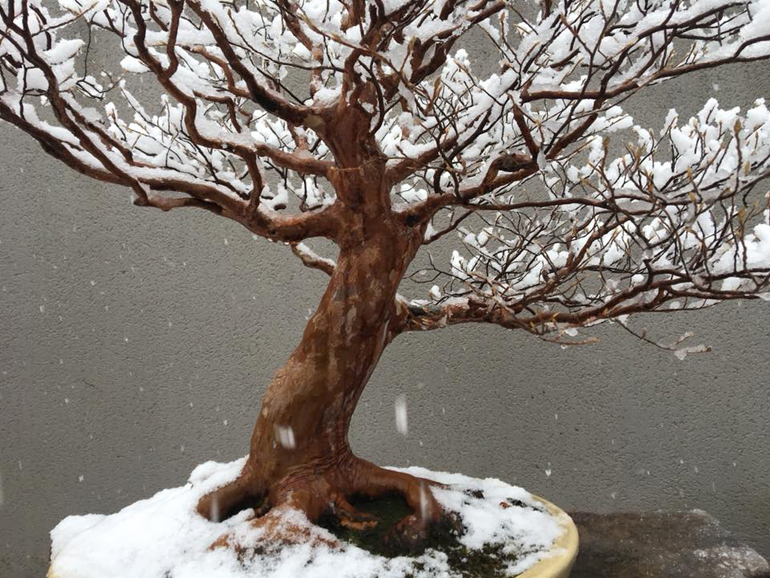
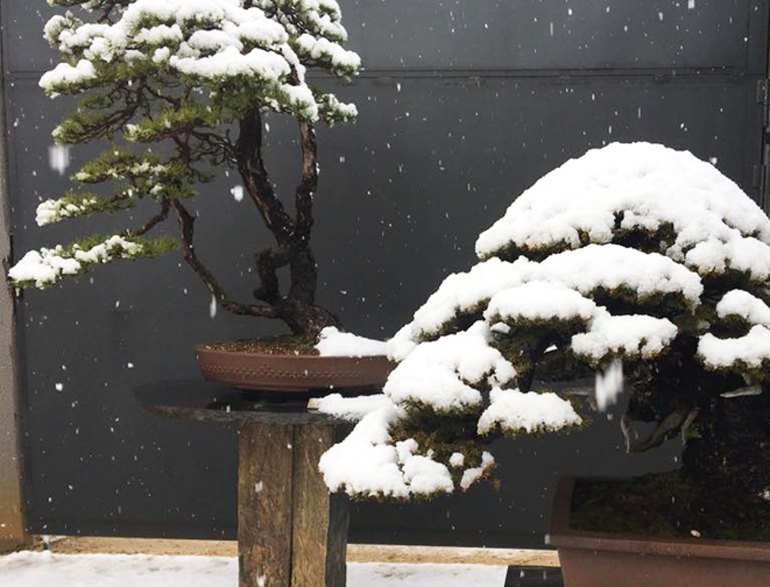
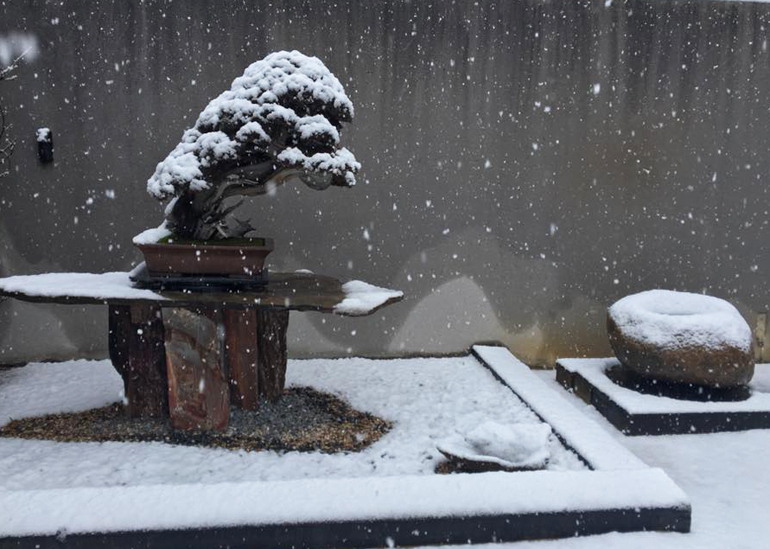
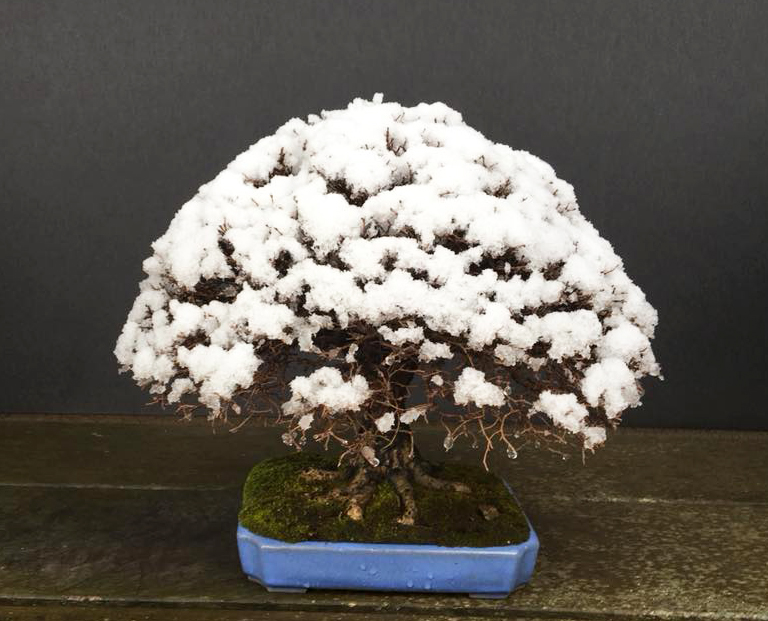
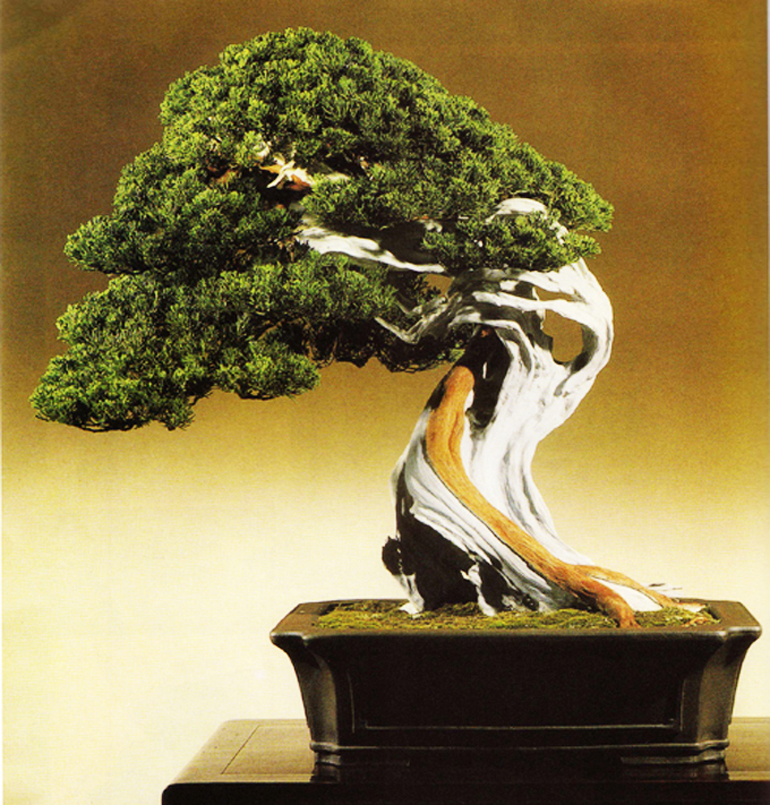
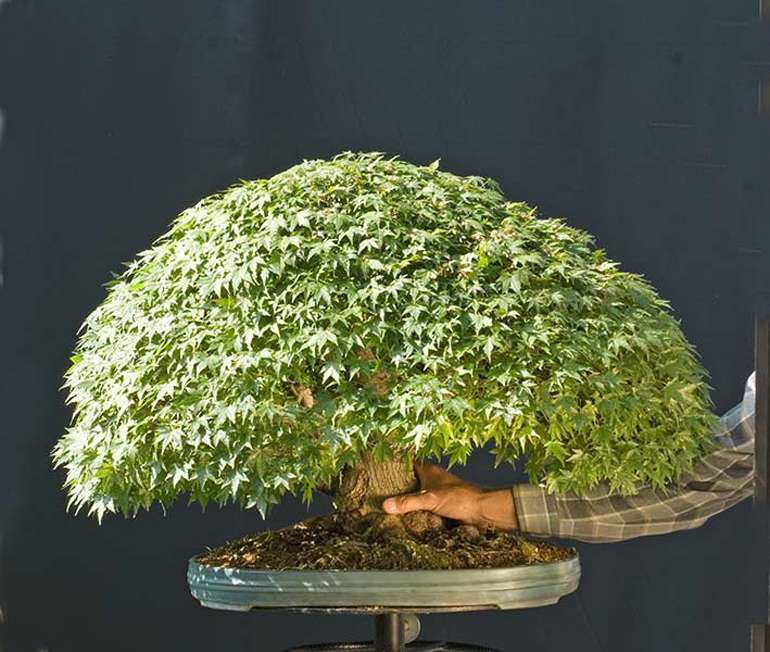 You can bet that this luxurious crown is the result of generous feeding. This lush Kiohime Japanese maple belongs to Walter Pall, so I'm guessing that's his arm and hand. It (the tree not the hand) is 45 cm (18") high and more than 50 years old. It was originally imported from Japan.
You can bet that this luxurious crown is the result of generous feeding. This lush Kiohime Japanese maple belongs to Walter Pall, so I'm guessing that's his arm and hand. It (the tree not the hand) is 45 cm (18") high and more than 50 years old. It was originally imported from Japan. 